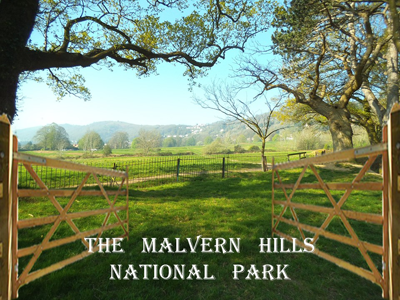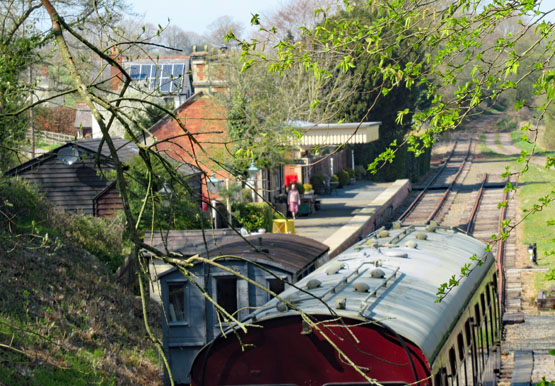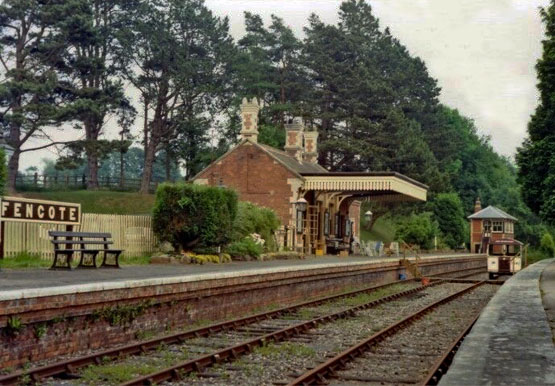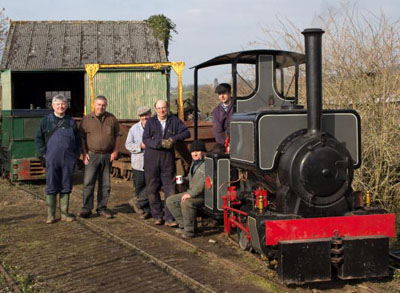The line was initially authorised by the Worcester, Bromyard and
Leominster Railway Act of 1861. Other Acts followed. The entire line between Worcester, Bromyard and Leominster took from 1861 to 1897 to be completed. This was achieved by joining four sections to make a line 24 miles long with the final link to Leominster opening in 1897.
From the junction with the Hereford - Worcester line at Bransford to Bromyard the line was
single track. There were intermediate stations, all of which opened on 1st
March 1878.
The town of Bromyard was decorated with flags and banners
and a band and church bells greeted the first lengthy train arrival from
Worcester. The line was worked from the beginning with Great Western Railway
locomotives and stock.
However, by 1888, the Worcester and Bromyard company had
gone into liquidation and the GWR paid £20,000 to buy the line. After which it
was worked by the Great Western Railway by
means of the GWR Act of 1888.
The sequence of stations along the line was - Junction for Worcester and Malvern main line - Bransford Road - Leigh Court - Knightwick - Suckley - (later track of Bromyard and Linton Light Railway) - Yearsett (1874 - 1877) - Bromyard - Rowden Mill - Fencote - Steens Bridge - Stoke Prior Halt - Leominster.
The section of line between Bromyard and Leominster was closed for passenger traffic on 15 September 1952 with the last train bearing a wreath and
bystanders singing Auld Lang Syne. Subsequently it became apparent that the
British Transport Commission's 1955 'Modernisation Plan' had not revived the
fortunes of the railway as it had hoped resulting in further closures in the 1960s.
The remaining line from Bromyard to Worcester, worked with auto-trains and railcars, remained busy with local and race traffic until the 1960s. Looking at the winter
1957-8 timetable for the Worcester to Bromyard line, it was a rather sparse
service and it came as no surprise when the line fell victim to the Beeching
Axe in the 1960s. The cuts,
known as the Beeching Axe, was a plan to increase the efficiency of the
nationalised railway system in Great Britain.
The line closed on 5th September 1964. The following day the
late Bill Morris sponsored a special train from Bromyard to Blackpool. This was
steam worked throughout and the Bromyard to Worcester section was handled by
Collett 0-6-0 tender engines Nos.2222 and 2232.
The section between Worcester and Bromyard was used for
storing large numbers of condemned wagons. Almost as soon as the line closed in
1964 BR began to recover scrap material. Scrap trains were worked using some of
Worcester's 0-6-0 Pannier steam locomotives.
Today Fencote and Rowden Mill railway stations on the Bromyard - Leominster section of line
have been restored by private owners - see illustrations below. On one occasion, a loaded coal wagon with
a brake failure ran away from the intermediate station at Fencote and was
running downhill towards Leominster, about five miles away. At Steen's Bridge,
two miles outside Leominster, the vehicle was estimated to be travelling at 60
mph and the signalman at Leominster took the decision to direct the wagon into
a buffer stop at Leominster engine shed. The wagon and the buffer stop were
destroyed, coal was scattered far and wide but there were no injuries.
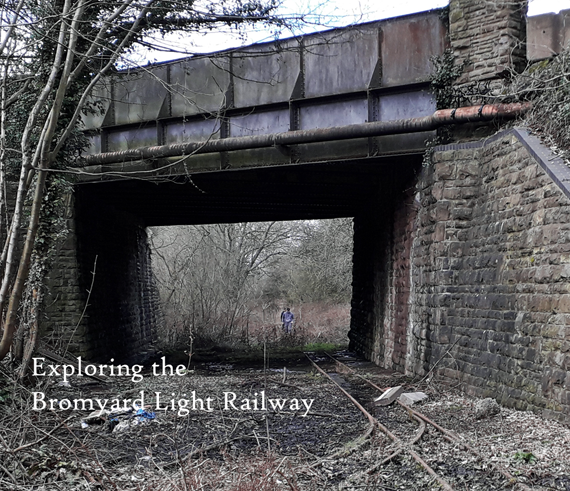
20th CENTURY RESURRECTION
The old Bromyard station yard and the local track bed were
acquired by Bob Palmer who formed in 1978 a company limited by guarantee
called The Bromyard & Linton Light Railway Association. The
resulting Bromyard and Linton Light Railway is about 1 mile (1.6 km) long with a gauge of 2 ft (610
mm).
Click the loco above to view in YouTube.
The former site of Bromyard station has subsequently been redeveloped as an
industrial estate. Beyond the site of the former railway bridge on part of the original
BR sidings, Bob Palmer built the 2ft track along the old rights of way towards
Worcester as far as the Avenbury Lane bridge. Not normally open to the public,
it was occasionally open as a static museum. The rolling stock consisted mainly
of Motor-Rails and Ruston diesel-powered engines, and a singular Peckett and Sons
steam locomotive, No.1327 0-6-0ST of 1913 named Mesozoic. This train originally
ran on the Southam Cement railway in Warwickshire. Today we find the Light Railway closed and the rails overgrown. It is
hoped to reopen the narrow gauge railway and to allow public access in due course.
 21st CENTURY NEW ROLE
21st CENTURY NEW ROLE
The Worcester - Bromyard - Leominster Greenway is a 21st century project that will create a walking, cycling and horse-riding track along, or near as possible to, the course of the original Worcester - Bromyard - Leominster railway. The route will be designed to a high standard and will be accessible to those with mobility difficulties. It is a challenging project in its own right with many landowners involved. Construction costs alone are estimated to be in the £millions. By following the line of the former railway it passes east to west across the proposed Malvern Hills National Park.
The route of the line includes attractive countryside landscape as well as fascinating monuments to the earlier steam railway and the engineers who determined its construction. This route as a Greenway enjoys substantial public support. Over 1,300 people have responded to an online survey with support at 94%. Walkers, cyclists and horse-riders have all strongly supported the project.
Opening this route will deliver many significant benefits:
First it will provide a sustainable local transport system of huge benefit to residents of Worcester, Bromyard, Leominster and the adjoining villages. Children would be able to walk or cycle to school on safe routes. Horse-riders and people with mobility difficulties would be able to enjoy the fresh air on a high-quality route with a solid and relatively flat surface.
Secondly, it will bring substantial economic benefits. The project will provide a boost to local tourist attractions and accommodation along the route through signposting and appropriate access off the trail. Visitors will enjoy this superb route which does offer stunning views, and an experience to remember. By re-opening some of the viaducts, this would enhance the route further.
Thirdly, heritage, environmental and cultural assets would be promoted through Interpretation boards along the routes explaining historic landscapes, the natural world and industrial/railway heritage. It would also complement the county's many festivals and events programmes,
In this way it would substantially add to the visitor appeal of Malvern Hills National Park and vice versa. To find out more about the Greenway project click the Greenway logo above.
Opening new gateways to the proposed National Park.
SUMMARY
The details of the proposed Malvern Hills National Park can be seen on-line by clicking 'Website' below. The provision of the reutilised vintage steam railway route through the park would enhance its appeal as well as provide visitors with a practical east-west route. When connected to the Worcester - Hereford line at Bransford Station, it would enable visitors to access trains to and from Great Malvern and Worcester. In doing so it would provide a visitor route to the hub of the National Park and its Visitor Centre in Great Malvern. Such a reutilisation would effectively replace the earlier vintage steam train line with a 21st century popular alternative.
RESTORED - Rowden Mill Station - just outside Bromyard on the route to Leominster.
RESTORED - Fencote Station, the next stop towards Leominster from Rowden Mill Station.



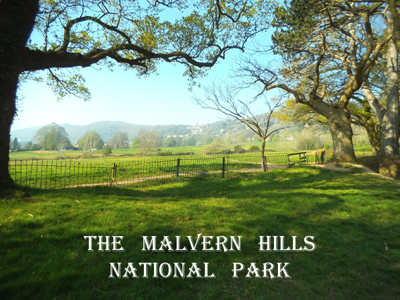 Past, Present and Future.
Past, Present and Future.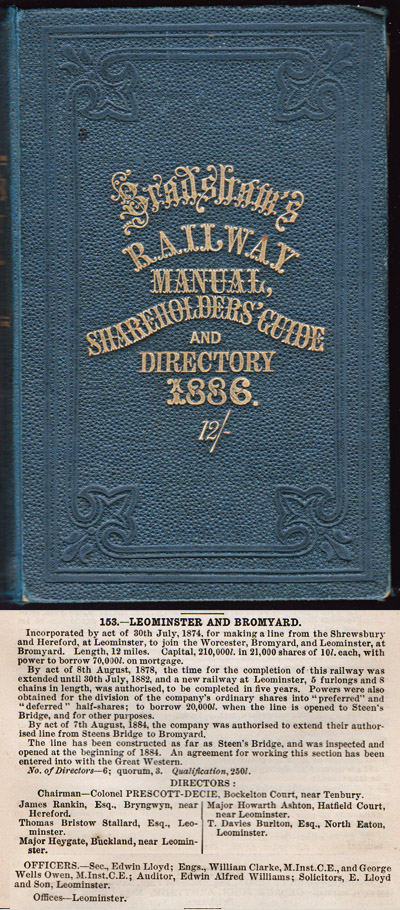 EARLY HISTORY
EARLY HISTORY 
